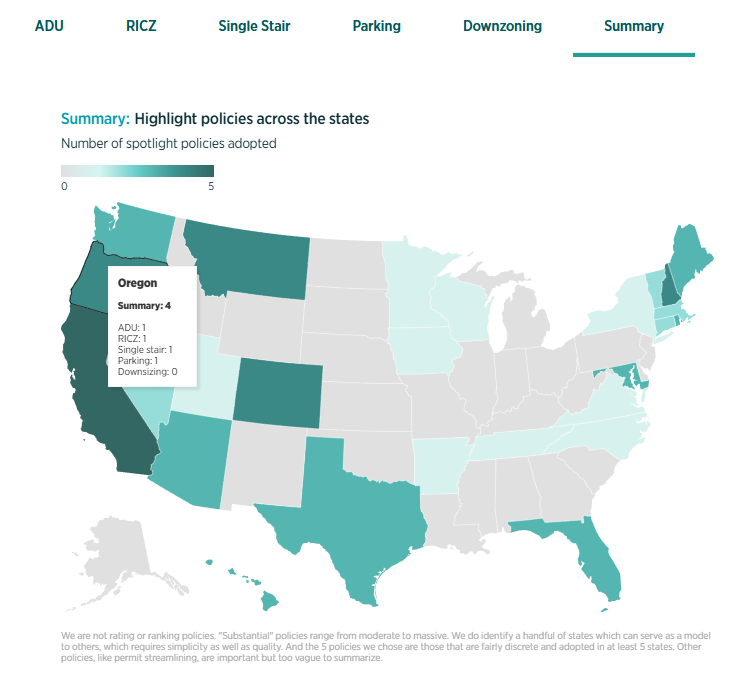Physical Address
304 North Cardinal St.
Dorchester Center, MA 02124
Physical Address
304 North Cardinal St.
Dorchester Center, MA 02124
I am arguing on Twitter about whether New York City (where I live) could really build a significant amount of new housing if zoning was less restrictive. One possible argument runs something like this: “New York is so built out…
Conservative commentator Ben Shapiro has received some publicity for stating: “If you can’t afford to live here [in New York City] maybe you should not live here.” From the standpoint of advice to individuals, this statement of course makes perfect…
Sometimes, opponents of new housing claim that they aren’t really against all housing- they just want housing to be “gentle density” (which I think usually means “not tall”), or “affordable” (which I think usually means “lower-income housing”). Even if these…
Preservationists treat pre-1950 architecture as “historic” and irreplaceable, while often criticizing new building on a variety of aesthetic grounds. In his new book The Unfinished Metropolis, Benjamin Schneider points out that today’s historic buildings weren’t so popular when they were…

With a hugely productive legislative season in 2025, pro-homes legislators are rapidly taking good ideas around the country. To keep track of it all, my team created a new set of interactive maps. You can see snapshots here: Our goal…
In Chapters 2 and 3, Ellsworth tries to argue for supply skepticism- that is, the idea that new housing (or at least the high-end towers that she opposes)* will not reduce rents or housing costs. She has made some effort…
In my last post I critiqued the introduction to Lynn Ellsworth’s new anti-YIMBY book, Wonder City. Having just finished Chapter 1, I thought I would add my thoughts. Ellsworth seems to be primarily motivated by a fear of something called…
Every so often I read a ringing defense of anti-housing, anti-development politics. Someone on my new urbanist listserv recommended an article by Lynn Ellsworth, a homeowner in one of New York’s rich neighborhoods who has devoted her life to (as she…
I recently saw a tweet complaining that left-wing YIMBYs favored urban containment- a strategy of limiting suburban sprawl by prohibiting new housing at the outer edge of a metropolitan area. (Portland’s urban growth boundaries, I think, are the most widely…

Check out Dan Bertolet’s review of the productive legislative year in Washington, where lawmakers preempted local parking, design, and unfunded inclusionary zoning requirements, among other things.